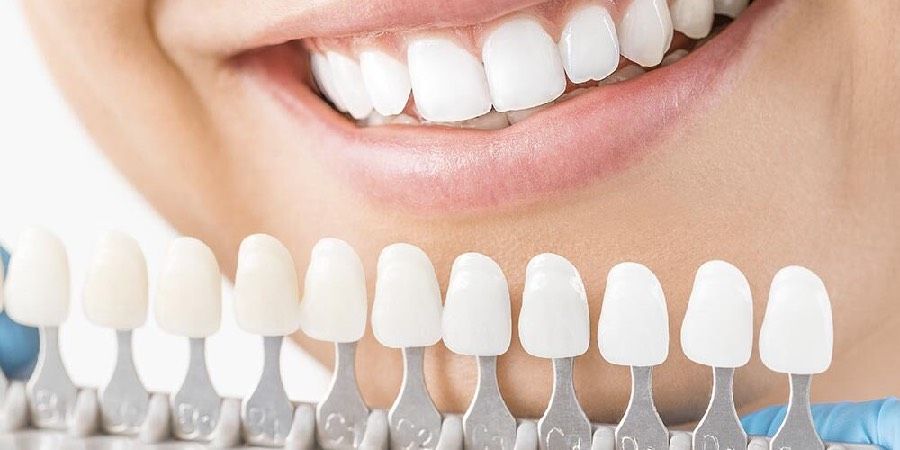Composite and Porcelain Laminates

Composite and Porcelain Laminates
A beautiful smile is only possible with healthy and well-groomed teeth. Problems such as cavities, color inequalities, height differences and crooked teeth affect the smile negatively. There are many applications that make the teeth aesthetically pleasing and comfortable to use. Among these, composite and porcelain laminates draw attention. Lamina applications, which are aesthetic and conservative works, provide coating with restoration material.
Composite lamina is the name given to the process of placing leaf-shaped materials on the teeth. Before the treatment, orthodontics, teeth whitening, gum treatment and root canal treatment are completed. Composite lamina process is preferred for anterior teeth. The situations where composite laminate is preferred are as follows:
- In cases where color differences cannot be corrected with bleaching,
- When closing the spaces between the teeth,
- In the correction of slightly crooked teeth,
- When large filling areas occur,
- In the treatment of tooth fractures.
Physician check-up is done before the procedure. In some cases, composite laminate application is not preferred. Generally, it is not correct to apply composite filling for people with condisitons like jaw disorder, teeth clenching, grinding, gingival recession, traumatic teeth closure.
Composite laminates are prepared in a laboratory environment. It strengthens the weak points in the teeth. There are 2 important reasons why composite laminates are preferred. The first is that it can be applied easily, the second is that it is inexpensive. Generally, people who do not have time and want to achieve an aesthetic appearance as soon as possible prefer composite coating.
The differences between composite and porcelain laminate veneer’ are among the subjects that patients are most curious about and research. Although composite coatings offer advantages in many respects, they differ from porcelain in terms of durability and ease of use.
The differences between composite and porcelain lamina are:
- Porcelain veneer is much stronger than composite. In this way, it offers long-lasting comfort to users.
- Porcelain veneer is very similar to tooth enamel. In this way, it adapts to the natural tooth shape and color and reveals a natural appearance.
- Composite fillings are quite easy to stain compared to porcelain. Porcelain laminates are not easily stained. It significantly prevents the yellowing problem that occurs in the teeth of people who consume tea, coffee and cigarettes.
- Porcelain laminate application provides a comprehensive solution. Especially in serious problems, effective results are often preferred. However, the usage area of composite fillings is limited.
- Porcelain and composite lamina price ranges vary. Porcelain lamina is priced higher than composite lamina with its quality and durability.
- Porcelain lamina has a longer lifespan compared to composite lamina. However, it is very important to pay attention to its care and cleaning in order for the porcelain lamina application to be long-lasting.
We cannot give a definite answer to this question. The treatment method recommended by the physician and the expectations should be evaluated. The condition of the teeth is also an important factor in shaping the application.
The most important factor that determines the lifespan of the coating is attention to its maintenance and cleaning. In general, the lifespan of the composite coating lasts for 5 years.
Porcelain laminate is completed in 2 or 3 sessions. However, when an aesthetic application is required, the session duration may be extended.
No. After the dentist’s controls, it is investigated whether any other procedures have been performed on the teeth. Lamina application is not applied to people who have coatings such as porcelain or zirconium on their teeth.
Decay of the tooth under the veneer can cause sensitivity and infection. It also causes the decay of neighboring teeth.